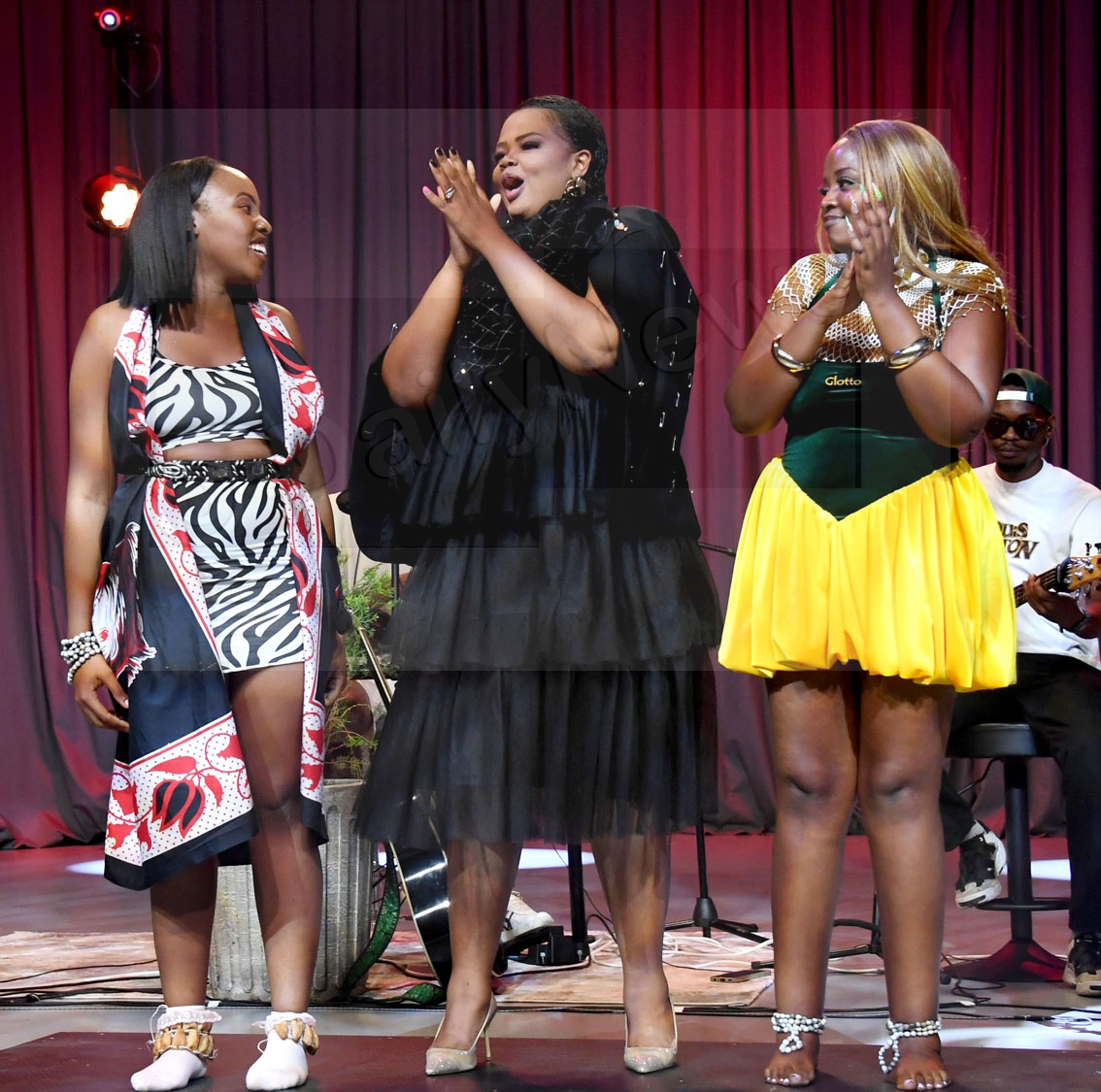Fidzani preserves setinkane
26 Jan 2017
Traditional musical instruments such as segaba and setinkane have always been part of Batswana’s cultural practices serving as social lubricants.
Usually, playing these instruments is natural. Such instruments have the function to bring together members of communities in a relaxed atmosphere.
It was normal to spot a group of people playing them over a calabash of traditional beer in a jolly mood, others perceived them as a way of communication that would send out messages to a mass audience through songs played.
However, as modern technology crept in, the use of these instruments and their intended purpose slowly faded away and became part of folklore told to children visiting museums to learn.
While some people got engulfed in the use of modern instruments, a few also heeded the clarion call to keep the art of traditional instruments alive.
One such is Thuso Fidzani of Natale in the Tutume Sub-district. At the age of 55, Fidzani is still clinging to the art of playing setinkane and she does it with enthusiasm.
When caressing her fingers across the tiny strings that are part of the instrument, she does it with relative ease and this is so because she says she has been playing setinkane for 34 years.
Surprisingly, there is no element of boredom whenever she sets her fingers on it but instead, one can only pick up concepts of her creativity tactics.
“I long started playing setinkane in 1983 under the tutelage of some Basarwa who lived in our neighbourhood at Letlhakane. This was one of the preferred means of entrainment that brought us together and we would play it while herding cattle or during our leisure time,” she says in an interview.
She adds that playing setinkane is a legacy that reminds her of her teen years and the culture that groomed her.
Fidzani says now that she is getting old, she intends to impart her skills to the youth so that they can continue with the art.
And, to turn this into reality, she has organised some youths so as to teach them how to play traditional musical instruments.
“Such instruments are some of the items that defined our culture and to let them fade away will be an injustice; as such I intend to do the best I can to teach some of them how to play setinkane, hopefully they will keep our cultural spirit alive,” she says enthusiastically.
Her other intention is to encourage young people to incorporate playing setinkane and other traditional instruments in their modern music, something she believes can help them stand unique in music circles.
The traditional artiste further says making this kind of instrument only requires a solid wooden cutting thrust into an empty tin, tiny strings arranged parallel to each other are stretched from one end of the wooden piece to the tin.
When tuned, the strings produce different sounds or notes. BOPA
Source : BOPA
Author : Chendzimu Manyepedza
Location : Natale
Event : Interview
Date : 26 Jan 2017







